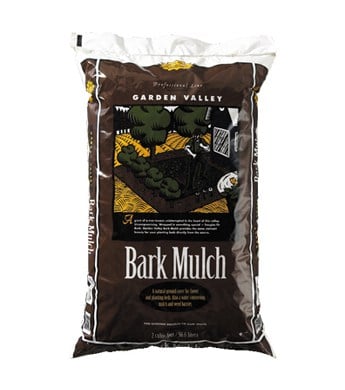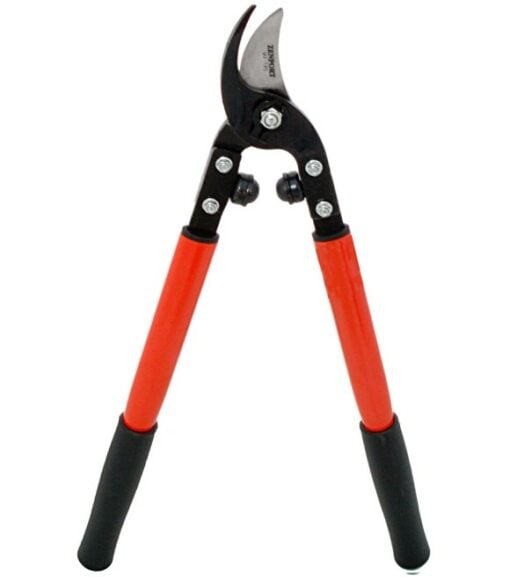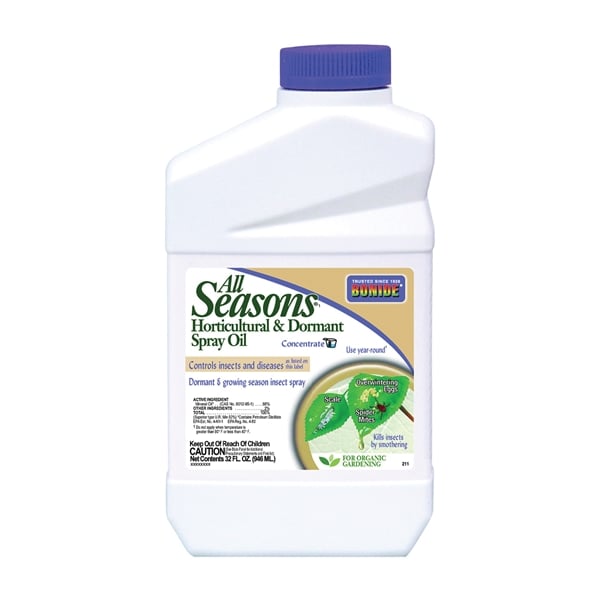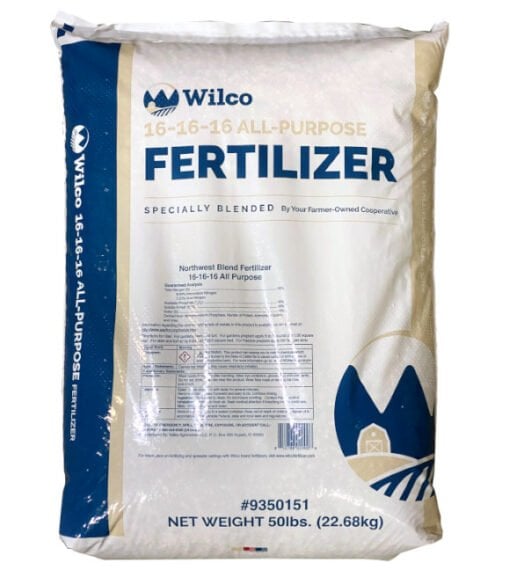Caring for your roses during their dormant winter period is an essential step in ensuring they bloom beautifully come springtime.
While your bushes might appear lifeless during the cold season, beneath the surface they are preparing for the next round of vigorous growth. Proper care will help your roses wake up from their winter slumber ready to grow and bloom vigorously.
Common Questions About Dormant Rose Bushes

Before we dive into the heart of the topic, it’s worth talking about common questions rose growers have during the dormancy period.
Do rose bushes go dormant?
Yes, rose bushes (like many plants) have a natural dormancy cycle.
Dormancy in roses is a natural response to cold temperatures and reduced sunlight in winter. It allows the plant to withstand harsh weather conditions and emerge stronger in the spring.
During this time, your rose bushes may lose their leaves and stop blooming, but this is perfectly normal. Remember, it’s just taking a well-deserved rest and preparing to dazzle you with blooms in the coming spring.
When do rose bushes go dormant?
Rose bushes typically enter their dormancy phase during the colder months of the year.
The exact timing of when a rose bush enters dormancy can vary depending on the specific climate and weather conditions of your area.
But here are a few general tips for when you can anticipate when your rose bush will go dormant:
- The rose bush’s growth slows down in late fall when daylight hours decrease and temperatures start to drop.
- Roses tend to begin their rest period when temperatures consistently drop below 50° Fahrenheit.
Understanding the dormancy cycle of your rose bush is crucial for providing appropriate care during this period, including timely pruning and disease prevention measures.
What does a dormant rose bush look like?
A dormant rose bush might initially seem lifeless or dead if you don’t know what to look for.
But here are a few signs your rose bush is dormant:
- A dormant rose bush will have stems that retain a green or brown hue.
- The leaves may fall off and there will be no blooming flowers.
- The stems remain flexible and do not snap easily.
- If you gently scratch the stem, you’ll notice a vibrant green color underneath.
How do I know if my rose bush is dead versus dormant?
Visual indicators are your best friends when it comes to telling the difference between a dead or dormant rose bush.
If your rose bush is dead, you’ll find these signs:
- The stems will be brittle, dry, and snap easily.
- The color under the bark will be a dull brown or grey.
Otherwise, you should find the signs of a dormant rose bush we discussed earlier.
Nurturing Your Roses During Their Dormancy Period
Caring for dormant rose bushes requires an understanding of their needs during this resting phase.
Here are some best practices for nurturing your roses during their winter sleep:
Watering and fertilizing
Even in their dormant state, roses need adequate water.
- Though they require less water during winter, it’s essential not to let the soil dry out.
- Water deeply and more frequently about 3-4 times a week.
- Fertilizing should be avoided during dormancy since it can stimulate new growth that will be damaged by cold weather.
Disease prevention
Good gardening practices, such as removing dead leaves and canes, will help reduce pests.
Watch for diseases like powdery mildew or black spots. If problems develop, horticultural oil and insecticidal soap can help manage these issues.
Cold protection
In very cold areas, your rose bushes will need an extra layer of protection from the weather.
Here are a few methods you can use to safeguard your roses from extreme cold and desiccation during winter:
- Mulching: Apply a thick layer of mulch around the base to insulate the roots.
- Burlap wraps: Wrap the bush with burlap to shield it from harsh winds and freezing temperatures.
- Anti-desiccants: Use anti-desiccant sprays to reduce moisture loss from leaves.
Pruning

Pruning is a vital part of dormant rose care. It helps maintain the shape of the bush, promotes healthier spring growth, and removes dead or diseased wood.
Tools needed for pruning
Always make sure your tools are clean and sharp to ensure clean cuts and prevent the spread of disease.
You’ll need a pair of:
- Sharp bypass pruners for most cuts
- Loppers for thicker canes
- Consider a pruning saw for old, thick canes
Pruning methods
The key is to prune when the plant is still dormant but just before the new growth begins. This timing helps stimulate healthy growth and flowering in the upcoming season.
For more specific regional advice, it’s best to consult local gardening resources or experts.
But here are a few general pruning tips:
- Prune dormant rose bushes in late winter (between January and March depending on your climate).
- Prune above an outward-facing eye or bud.
- Cut the cane at a 45-degree angle.
Some rose bushes will need special pruning. Here is a list of rose bushes and their needs:
Hybrid Tea, Grandiflora, and Floribunda Roses

These roses should be pruned to remove dead, diseased, and spindly growth.
Prune about one-third to one-half of the height away and remove branches that rub against each other. This opens up the plant’s center for light and airflow.
Make sure to leave three to five strong outward-facing canes.
Climbing Roses

Climbing roses bloom on 2nd-year wood, so these are mostly pruned for structure and to remove unhealthy canes.
Start by pruning dead, diseased, and weak shoots. Remove any canes that have outgrown their support or failed to bloom last year.
Look at the framework that remains and prune the remaining canes by about one-third, depending on the type of support (trellis, arbor, fence, etc.) being used.
Old-Fashioned/Antique & Shrub Roses

These types of roses should be pruned lightly to remove dead, diseased canes, and weak or twiggy branches.
Reduce the height of the rose bush by no more than one-third.
For more pruning tips and information, read Pruning Prowess and What to Prune & When.
Post-Pruning Care
After pruning, it’s essential to clean up all clippings and debris to reduce the risk of disease.
You can then apply a dormant spray to protect against pests and diseases. This spray is usually an oil-based product that suffocates overwintering insects and fungal spores.
Remember, pruning is a critical aspect of rose care during dormancy. With the right approach, your roses will be set for a vibrant and healthy bloom come spring.
Planting New Roses
If you’re looking to add roses to your garden, planting during the dormant season is ideal since it helps reduce transplant shock. Just wait for when your winter freeze period has passed.
Use a mix of good soil, sphagnum peat moss, and sand for the optimal growing environment for your new roses.
Waking Up Your Roses for Spring
As winter melts away, how can you make revive or awaken your rose bushes for spring?
As long as you follow our care tips above, your rose bushes will be ready to bloom again with the warmer weather.
But here are a few other steps you can take:
- Check the pruning: Make sure any dead, damaged, or diseased wood has been removed. This encourages new growth.
- Keep it watered: Ensure the bush gets adequate water, especially if the weather has been dry.
- Add fertilizer: Apply a balanced fertilizer to provide essential nutrients.
- Add mulch: Add a layer of mulch around the base to retain moisture and regulate soil temperature.
- Be patient: Give your rose bushes time to recover and start new growth.
Embracing the Dormancy of Roses

Your dedication during the dormant months is the key to a rose garden brimming with life and color in the spring.
Embrace this time of dormancy because it’s a season of preparation for a promise of the beauty and vibrancy that lies ahead.







